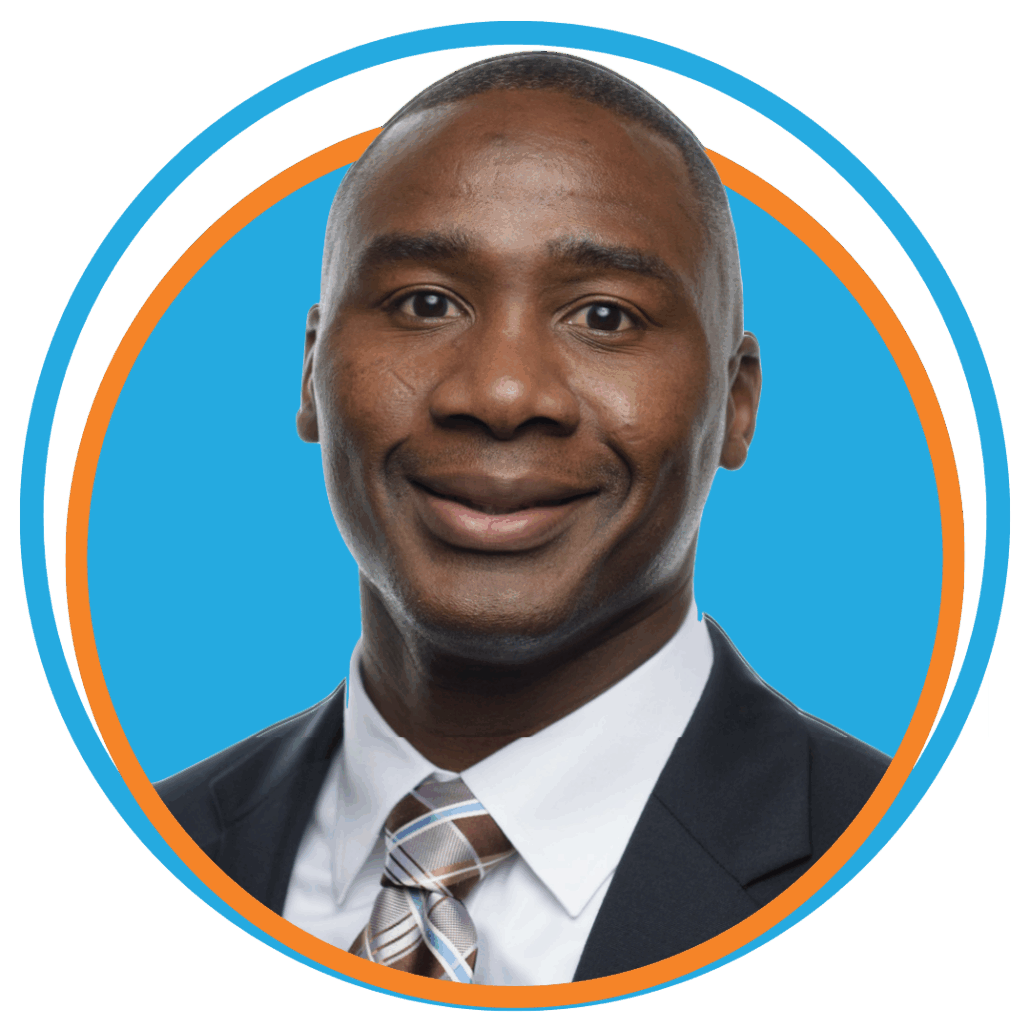[et_pb_section admin_label=”section”]
[et_pb_row admin_label=”row”]
[et_pb_column type=”4_4″][et_pb_text admin_label=”Text”]Institution Type: Private Four-Year Institution
Does your institutions’ combined racial and/or ethnic minority population exceed 50% of total enrollment? : No
Name of Institution: Ohio Dominican University
Size of Institution (undergraduates): Between 1000 – 2999
Name: Amy Spencer
Status – What is your primary role?: Learning Center Professional
Setting of Institution: Urban
Campus make-up: Primarily non-residential
Share your story : We first introduced The LearnWell Projects to Ohio Dominican University as the centerpiece of a spring 2012 grant-funded initiative to improve our academic support. Mr. Geddes visited our campus and gave two presentations on the LearnWell approach: one to faculty and tutors, and one to the general student body (all ODU students were invited; athletes and students on probation were mandated to attend). Several weeks of follow up sessions, during which the students practiced applying deeper critical thinking processes, were required for students on probation. Those who were most fully engaged in the process were most successful; the average GPA of these students increased from 1.6 in Fall 2011 to 2.5 in Spring 2012.
In the Fall of 2012, Ohio Dominican participated in a multi-institutional study of the effectiveness of the LearnWell approach. In this study, targeting “good” students, students were invited to attend a series of four sessions during which they learned about the ThinkWell-LearnWell Diagram and practiced applying this cognitive approach to their fall 2012 courses. Participation was completely voluntary. Participating students reported changes in frequency, type, and depth of their study strategy application. As a result of the program, participant use of learning strategies increased by 21%; use of the textbook increased by 36%. All participants evaluated the program as “Very Useful.” Comments included:
- I have done things to study that I had not done before and I have seen my grades benefit from them. (J.C.)
- This has helped me learn how to dig deeper into asking questions, …[and}…showed me different ways to study. Now that I know how to dig deeper into my notes, it’s getting easier to learn. (S.C.)
While grade improvement was not the primary focus of the project (the goal was to increase metacognition and deepen learning), students did see grade improvement after applying the strategies, averaging an 18 point increase in test scores.
In Spring 2013, our third semester of using the LearWell approach, administrators once again mandated probationary students to attend; we also advertised the strategy sessions as voluntary for all “good” students wishing to deepen their learning. Again, the impact of learning strategy instruction for students on probation, as is true of other forms of academic assistance, was linked to student effort and engagement; repeated visits for support resulted in higher gains in GPA. Overall, stronger students tended to make greater improvement—supporting Mr. Geddes on-going crusade to target students “in the middle” for academic intervention.
Throughout the 18 months that we have been implementing the LearnWell approach on our campus, Mr. Geddes has been tireless in his support and encouragement. He is readily accessible to answer questions, eager to collaborate, and generous with his materials – not only the Diagram, but also suggestions and examples for advertising and presenting the approach to students. Ohio Dominican students have certainly benefitted from using the ThinkWell-LearnWell Diagram, and I personally highly value this collegial relationship. I look forward to continuing to work with Mr. Geddes as he continually looks for ways to further enhance student learning.
Future Plans/Expectations: We anticipate that we will continue to use the ThinkWell-LearnWell Diagram as a tool to develop student metacognition and to improve learning outcomes.[/et_pb_text][/et_pb_column]
[/et_pb_row]
[/et_pb_section]

